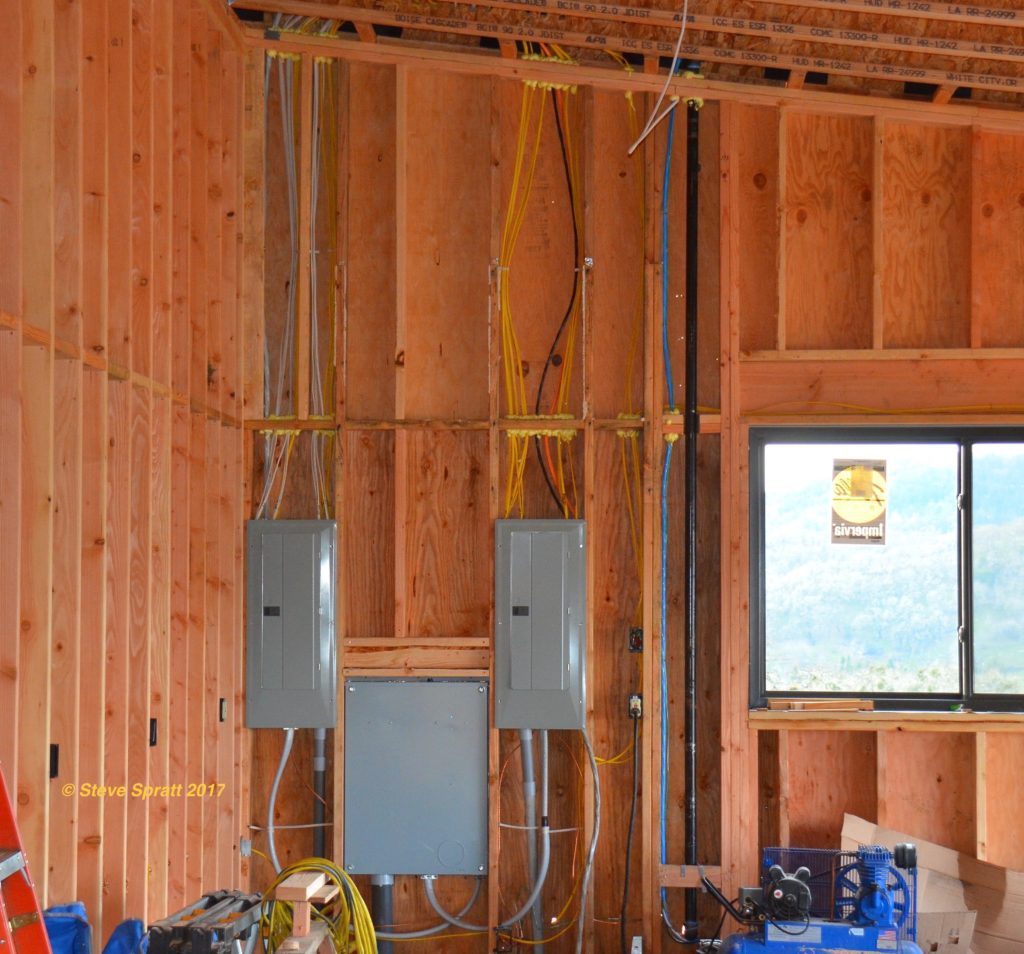Electrical
Electrical System
This zone describes the electrical systems and components of your home. This page includes information about main service, generators, sub-panels, circuit breakers, wiring, switches, outlets and light fixtures. You will learn in this zone how to use and be efficient with electricity.
History
The fierce competition between rivals Thomas Edison and Nicola Tesla spawned the electrical revolution. Thanks to that rivalry, American homes have had electricity available to them since around the turn of the Twentieth Century. Over the last 120 years, electricity has morphed from being an interesting feature into a life support system. It powers basically everything in the home including even the toilets and faucets.

Electricity has become extremely important to the operation of the average home. Some systems require back up generators in case of main power interruption.
Thomas Edison’s low voltage DC system eventually lost that electrification competition over 100 years ago. Westinghouse’s (Tesla) high-voltage, alternating current (A/C) won and is now the standard used today in our homes. A/C voltage is good at traveling long distances (from remote generation plants) but is also powerful enough to kill should you actually come in contact with it.
Building officials closely monitor and inspect electrical installations. Knowledge exams are required for licenses in each state..
How its made
Electricity is a manufactured product. I
Raw energy sources such as natural gas, coal, wind, solar and other energy sources like wind and nuclear . From the generation plants, electricity travels along the utility company lines to the main service panel of our home, perhaps hundreds of miles away. Wires distribute power throughout the home to the various appliances, lights, switches and outlets.
Natural gas, coal, or nuclear plants generate most of the power in the US. So from the perspective of the homeowner, electricity is a clean, convenient power source. Although in actuality it is neither. Electricity is without doubt handy and easily portable with extension cords and batteries. Useful for powering just about anything imaginable in and around the home.
Electrical Design
There is quite an art to designing the locations for outlets (AKA receptacles,) switches, and understanding the proper placement of lighting within the home. Entire professions are available for electrical and lighting design.
As a homeowner you should be familiar with key components of the electrical system. Light switches, outlets, lighting, distribution (main and sub) panels and circuit breakers. In addition, if the home is so equipped, photovoltaic panels, generators and low voltage, entertainment and network systems.
Conservation
If you are concerned about high electrical bills I recommend that you have an electrical audit done. Find out more about electricity and how it’s made go here: Saving electricity is better than generating new.

